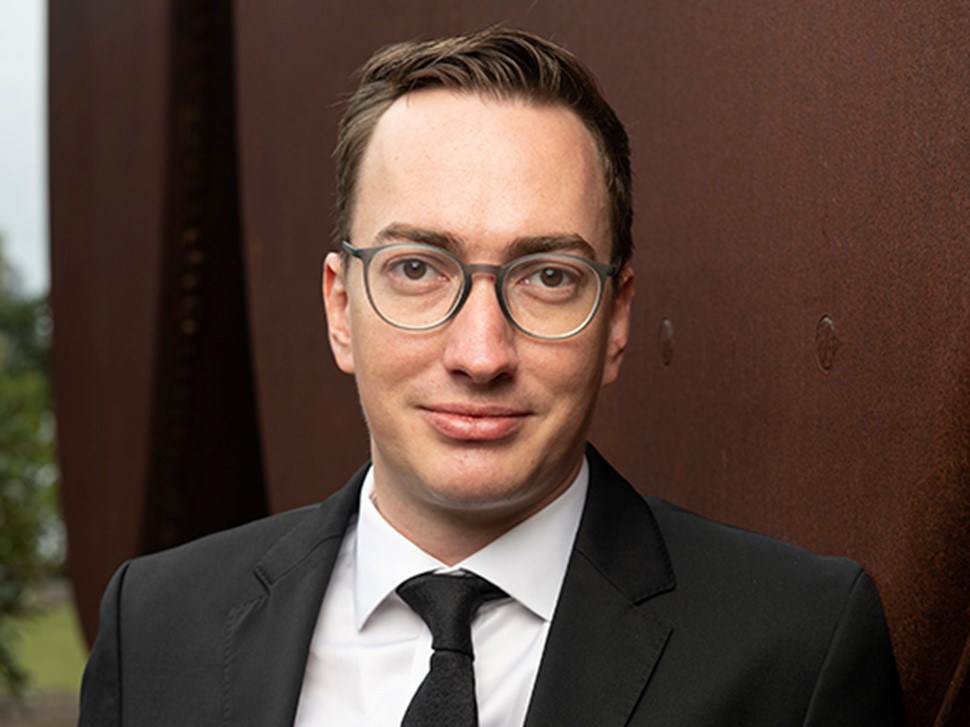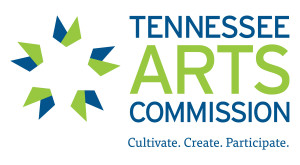The Lunar New Year with the Nashville Symphony Orchestra
Lunar New Year is the most important Chinese holiday, celebrated throughout the diaspora including in China, Hong Kong, Taiwan, South Korea, Vietnam, Singapore, Indonesia, Malaysia, and more. The Nashville Symphony—under the direction of Associate Conductor Nathan Aspinal, and in cooperation with the Chinese Arts Alliance, API Middle Tennessee, and The Porch—presented its first Lunar New Year with the Nashville Symphony concert on February 7, 2024 at 7:30 p.m. at the Schermerhorn Symphony Center.

The Schermerhorn was beautifully adorned with bright red traditional Lunar New Year decorations, and API Middle Tennessee distributed lovely decorative red envelopes called hóngbāo to event attendees. Traditionally, people give hóngbāo as gifts to friends and family filled with money or other presents for the Lunar New Year. Before the start of the evening’s concert, the event featured an Asian market in the West lobby by vendors like This One Character (fun gifts), Jadeiva (mother/daughter jewelry), Poonam Crafts, Japan Miscellaneous (Japanese gifts), and API Middle Tennessee (fortune telling and paper lantern designed station).
For the concert, Laura Turner Concert Hall received a red accented lighting scheme, signifying the prominent red color of the Lunar New Year iconography. The musical program included Asian diasporic works by Li Huanzhi (1919–2000), Chen Gang (b. 1935) and He Zhanhao (b. 1933), Kelly Tang (b. 1961), a traditional arrangement by Phoon Yew Tien (b. 1952), and Igor Stravinsky (1882–1971). Writers Jing Geng (Nashville attorney), JR Robles (actor, writer, filmmaker), and Ben Tran (Vanderbilt University) authored a large program note in essay form inside of the program leaflet called “About the Concert.” It is an excellent read since it discusses how the composers listed contributed to the unfolding merging and integration of the Western orchestra into the Chinese musical diaspora.

First, Li’s Spring Festival Overture was the perfect opening since the term “Spring Festival” is significant to the event’s theme. The eve of the Lunar New Year kicks off the fifteen-day Spring Festival celebration. Spring Festival Overture interprets Chinese folk music using Western musical styles and orchestration. Namely, Li draws from two distinct Northern Shaanxi folk dances illustrating a lively celebration of the Lunar New Year. Composed between 1955 and 1956, Li’s Spring Festival Overture was partly this evening’s sonic backdrop for a gorgeous display of traditional Chinese dance—or a classical style of Chinese dance that developed in ancient imperial China that includes organic movements, elaborate costumes, and music—led by choreographer and founder/director of the Chinese Arts Alliance of Nashville (CAAN) Jen-Jen Lin.
A highlight from the evening’s performance was Chen and He’s The Butterfly Lovers, featuring world-renowned musician and erhu virtuoso Ma Xiaohui. The erhu is a traditional Chinese classical instrument with two strings bowed similarly to a violin. Composed in 1959, The Butterfly Lovers is originally a concerto for violin and orchestra, but the substitution of Ma’s stunning performance on the erhu was memorizing. The erhu, often described as having a wonderfully organic, vocal-like timbre, offered audiences a memorable listening experience. After The Butterfly Lovers, Ma followed up with a fun and fiery arrangement of a traditional fiddle-like tune called Horse Racing.

Tang’s Sketches of Singapore features four songs that are easily recognizable to Singaporeans: “Stand Up for Singapore,” “Rasa Sayang,” “Where I Belong,” and “Di Tanjong Katong (In Turtle Point).” The contemporary setting of Tang’s piece, specifically in its orchestration, is reminiscent of some of the ceremonial and commemorative works of composer John Williams. However, to Tang’s credit, Sketches of Singapore successfully seemed to evoke a sense of pride and maybe even nostalgia for audiences despite whether individuals had any previous connection to Singapore. The contrasting sections of the piece, each highlighting one of the existing songs stated above, elicited in audiences’ moods between celebrative joy, introspections, gratitude, and commemoration.
The Nashville Symphony capped off the program with Stravinsky’s The Firebird, and one might scratch their head wondering, “What does Stravinsky have to do with Lunar New Year?” Nothing really, but the program notes offered some intertext between The Butterfly Lovers and The Firebird, saying that both pieces:
…. are musical folktales of their respective traditions. Both had thrust their composers from youthful obscurity directly into the public eye. And both pieces earned their notoriety—the former as the most played concerto written in the 20th century (albeit, until recent years, solely in China), the latter as a groundbreaking work on the international ballet stage—through unapologetically direct and immediate emotional appeal.
Additionally, both Butterfly Lovers composer Chen and Stravinsky’s musical creativity partly stems from the same source of influence since each studied under Russian composers—Stravinsky under Nikolai Rimsky-Korsakov and Chen under mostly Russian immigrants in Shanghai.
Based on Russian folklore about a magical bird with golden feathers and crystal eyes, Stravinsky’s programmatic inspiration sonically frames a story of a prince who wants to free thirteen imprisoned princesses by an evil sorcerer. The firebird casts spells on the story’s villain and his guards through dancing, helping free the captive princesses. The Nashville Symphony’s concertized (music without dancing) performance of The Firebird was an exemplary exposition of its musical themes and leitmotifs—or short recurring musical phrases associated with characters or narrative ideas. The Firebird is known for Stravinsky’s employment of metric irregularity, which often commands audiences’ attention and concentration. From the musicians, audiences heard many of the piece’s extended playing techniques like ponticello (strings bow close to the bridge), col legno (strings hit strings with the wood of the bow), flautando (strings bow towards the fingerboard), glissando (long ascending or descending sliding gestures), and fluttertongue—or flutter tongue—(for wind instruments, the player rolls their tongue while playing). All sections of the orchestra performed The Firebird beautifully.
During my Uber ride home, I reflected on the entirety of the evening. It was more than just a concert; it was an enlightening, fun, and entertaining artistic-cultural event. For those who missed this inaugural Lunar New Year with the Nashville Symphony, be sure to attend next year!



